One of the reasons we chose Panama as the place to begin our 3-year world tour of adventures is that my kind husband is willing to indulge my amateur, never-ending fascination with birds. Even more than Yellowstone National Park, Bosque del Apache National Wildlife Refuge, near Socorro, NM, is my favorite place on the planet. Watching the birds there, in any season, always offers beautiful surprises and something to learn.
Panama doesn’t have the most bird species in the world. Places like Colombia, Peru, and Brazil more than double the 900 or so that are here. However, they are much more concentrated in Panama, especially the 50-mile wide strip where we currently live. Panama is also a migration route, so that thin strip of land brings many birds to one place, which is why birders can count more than a million visiting vultures here each November. The isthmus is a bottleneck between the continents and the oceans that forces everyone together, making for some spectacular sightings.
One of the most popular birding places in Panama is Pipeline Road in Soberania National Park, only 16 km from the city. In the mid-2000s, it became famous with birders when more than 400 species were counted along the trail in a 24-hour period. Wow!
Having enjoyed our previous tour (http://heathers6wadventures.com/old-meets-new-near-colon-panama/) arranged through Panama Road Trip Adventures, http://panamaroadtrips.com/, we called upon them again for a New Year’s Day trek. What a great way to start 2020, we thought, exploring and seeing great stuff. We were not disappointed!
Our guide, Miguel, is a serious birder who guides for a living and then goes birding on his days off. He saw more than 400 species last year (A quick side note on Miguel, who hails from the Bocas del Toro area. He said his dad, who is also named Miguel, wasn’t very creative when it came to names and so in a George-Foreman-sort-of-way also named his brother Miguel. They go by Miguel [dad], Michael [our guide], and Micky [brother].)
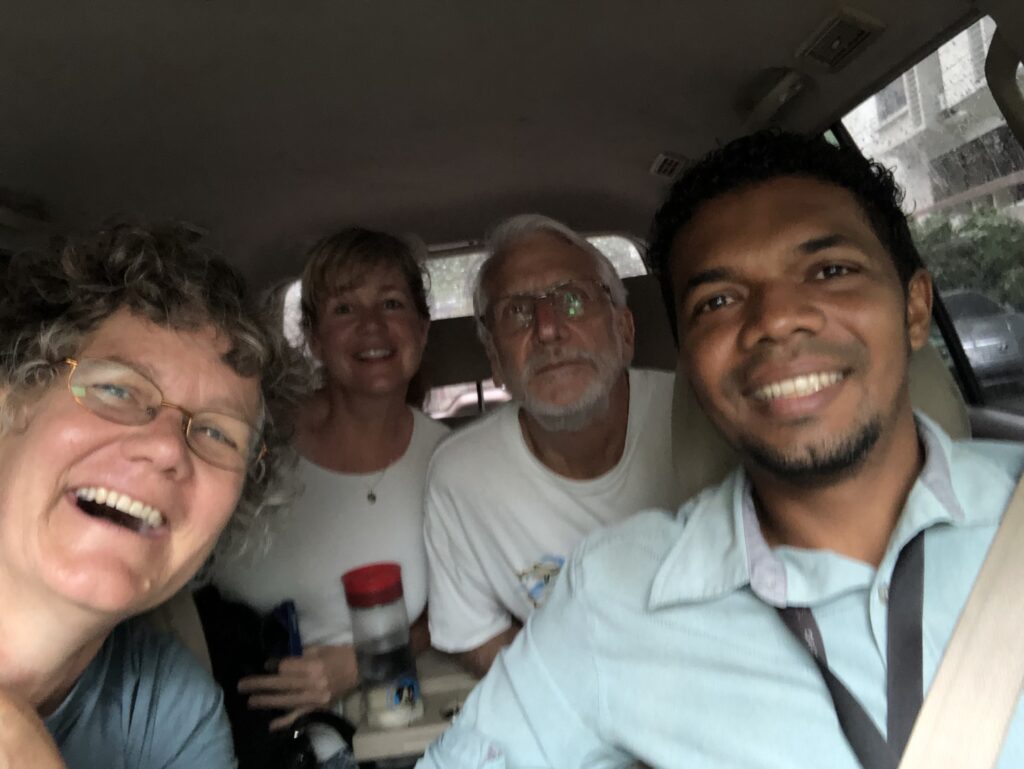
Before we saw the birds, though, Miguel stopped along the road and showed us a huge male sloth. At a whistle from Miguel, the sloth would turn his head and look at us, but within a few seconds, turned back and fell asleep again. Sloths are funny critters.
Our next stop was the Ammo Dump Ponds—not a very pretty name, but the marshy area is certainly full of pretty birds, including a gorgeous yellow-backed oriole who spent a lot of time posing for us. We spotted a young tiger heron in a creek under the trees, and its parents were hanging out in the marsh. The purple gallinules were not only beautiful but fun to watch.
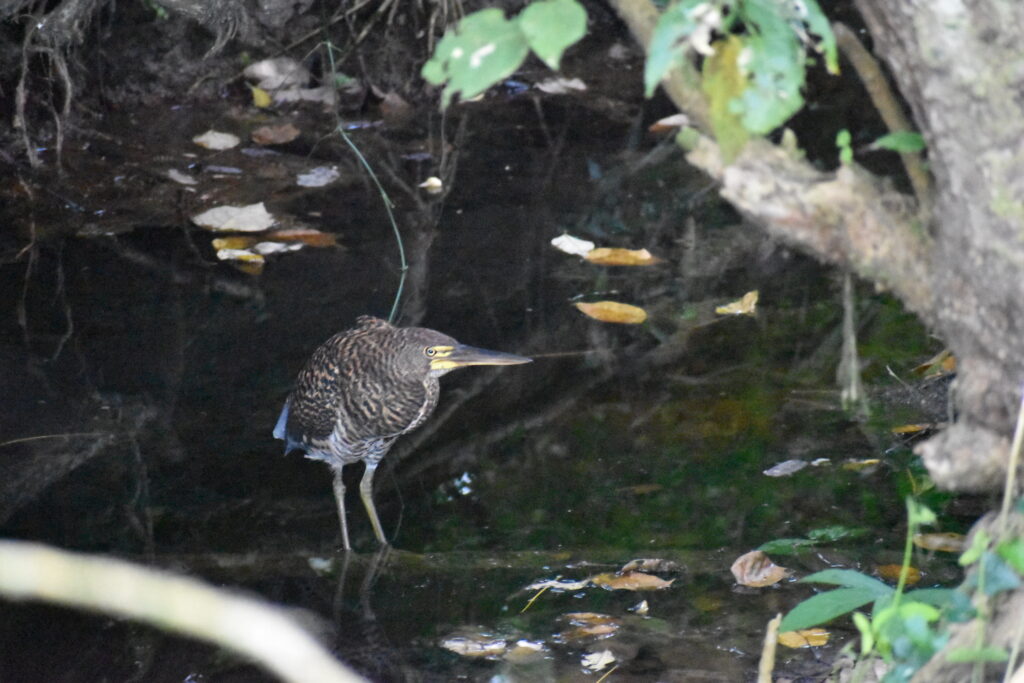
Juvenile tiger heron 
Parent tiger heron 
Yellow-backed oriole 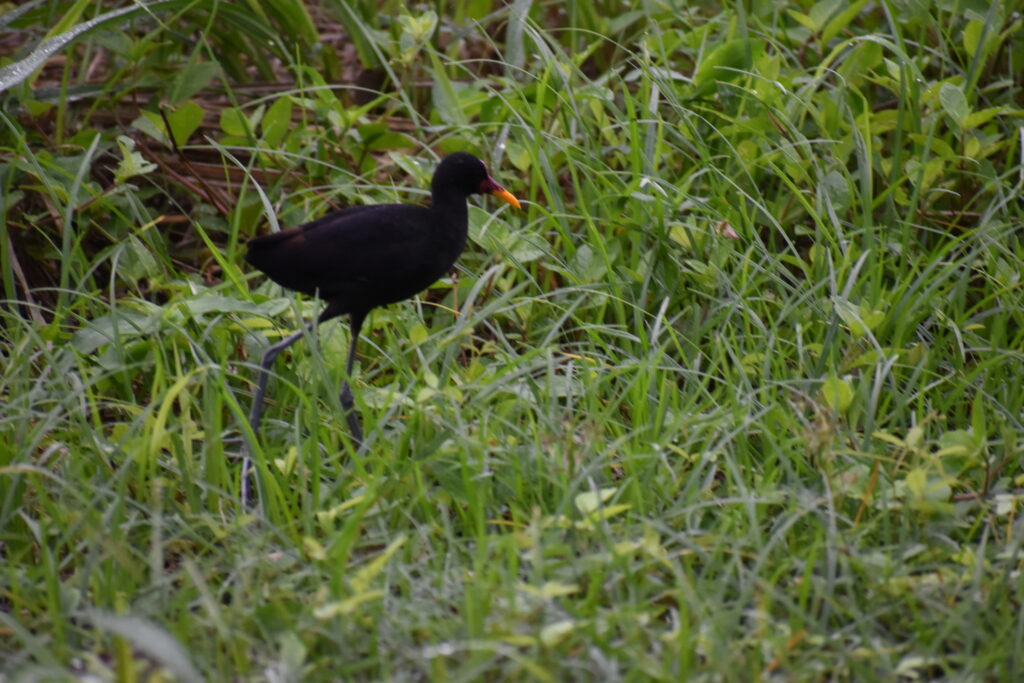
Wattled jacana 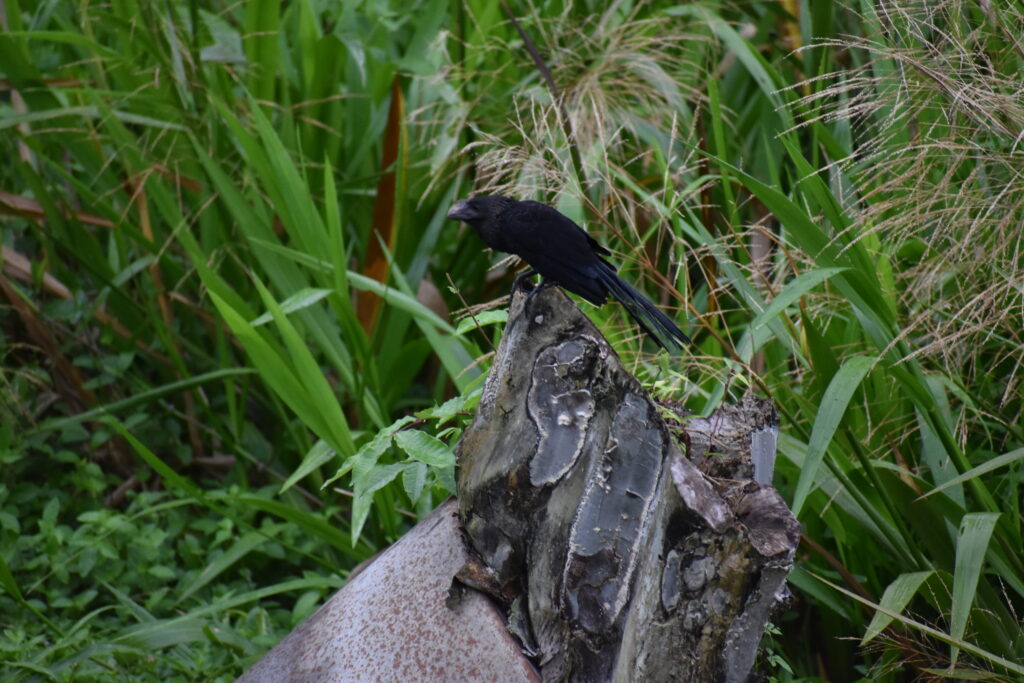
Smooth-billed ani 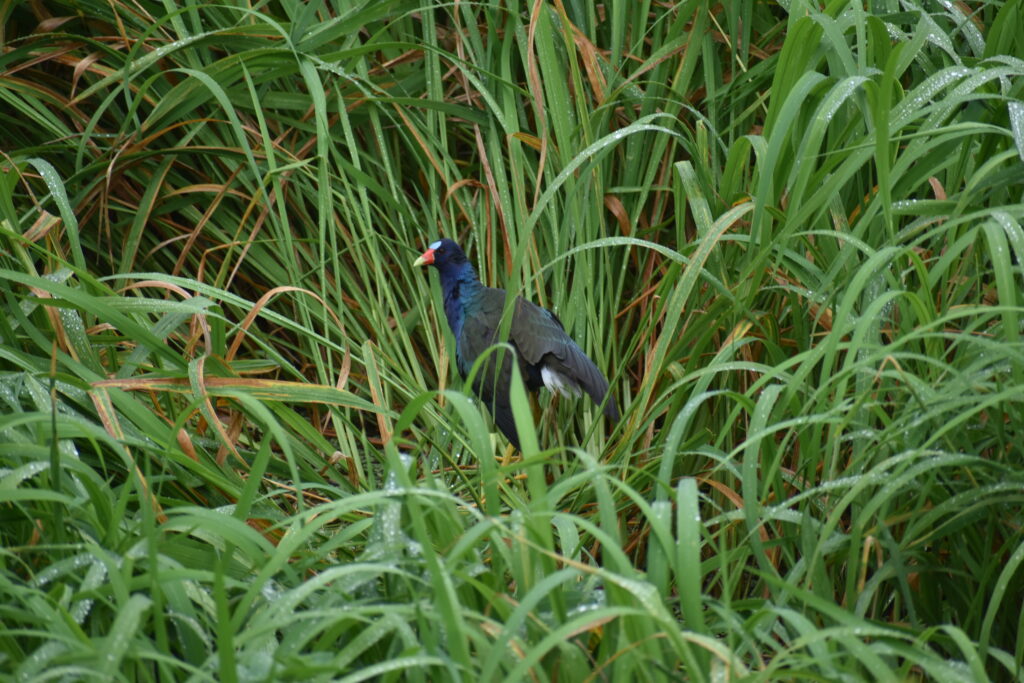
Purple gallinule
During World War II, the United States constructed a pipeline to transport fuel and the Pipeline Road to accompany it because of fears the Japanese might bomb the Panama Canal. Now the road makes for an open trail through a thick and diverse rainforest. Even through the dry season was supposed to start at the beginning of December, rain started coming down pretty hard as we got to the trailhead. So, we stopped for a few minutes at a small visitors center, which includes a wildlife watching tower (https://pipelineroad.org/en/). Most tropical rainstorms produce a heavy downpour, lasting from a few minutes to a couple of hours, and then they are done. Not this one. This one sprinkled and rained, let up, sprinkled and rained some more, for the rest of the day.
We trekked anyway. As a result of the rain, though, we probably didn’t see as many species as might have. The ones we did see were so spectacular that they made up for it—and 35 species in one day is still an amazing count in my book.
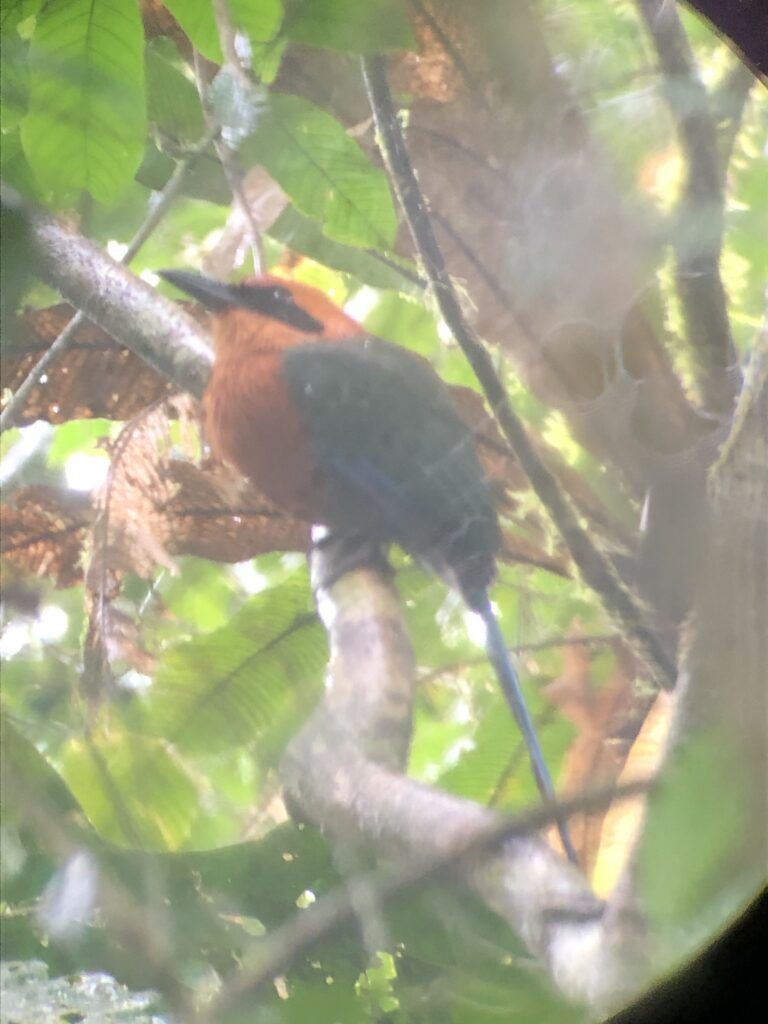
Rufous motmot in scope 
Rufous motmot in camera 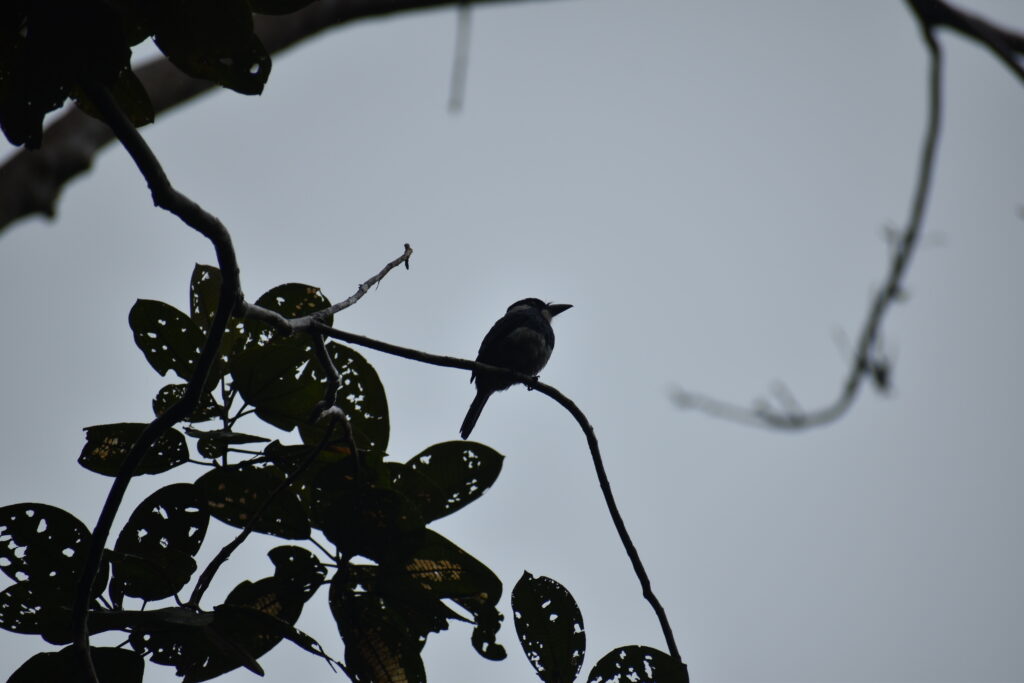
Black-breasted puff bird 
White-necked Jacobin (scope) 
White-necked Jacobin (camera) 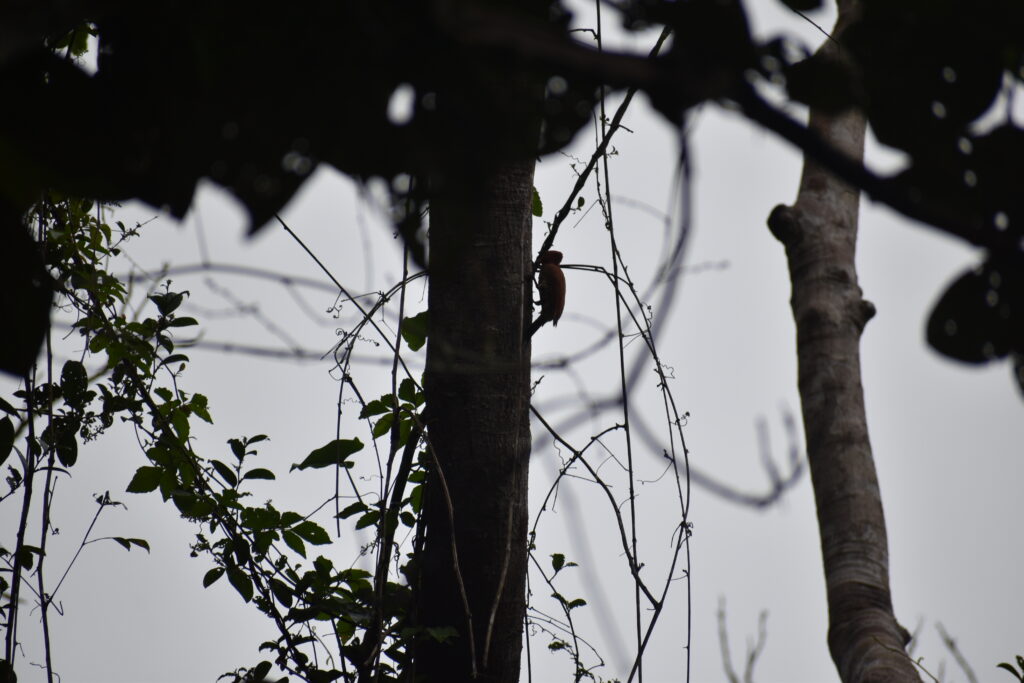
Cinnamon Woodpecker 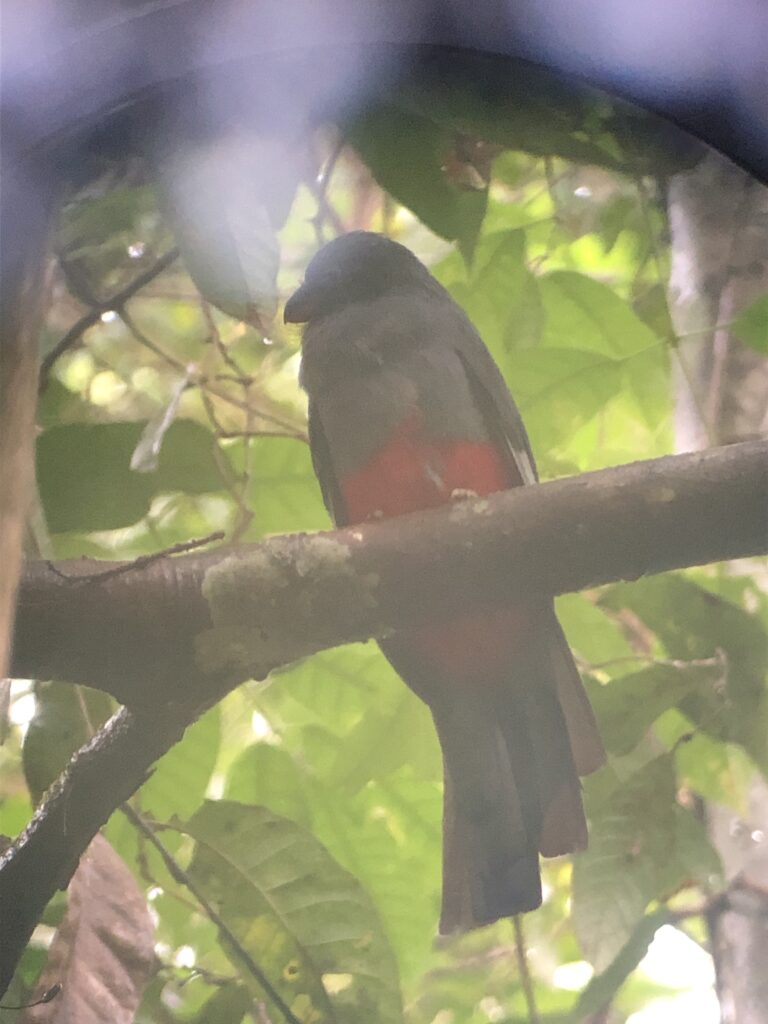
Female slaty-tailed trogon
The forest is not just full of birds, but mammals and reptiles, too. We heard howler monkeys all around us throughout the morning and then saw some, as well as the cute white-faced capuchins, who cavorted over us in the trees. The white-faced coatis (sologatos in Spanish), were not the least bit shy, coming close enough for all of us to get selfies with them as they snorted and snuffled under the leaves to find bugs to eat.
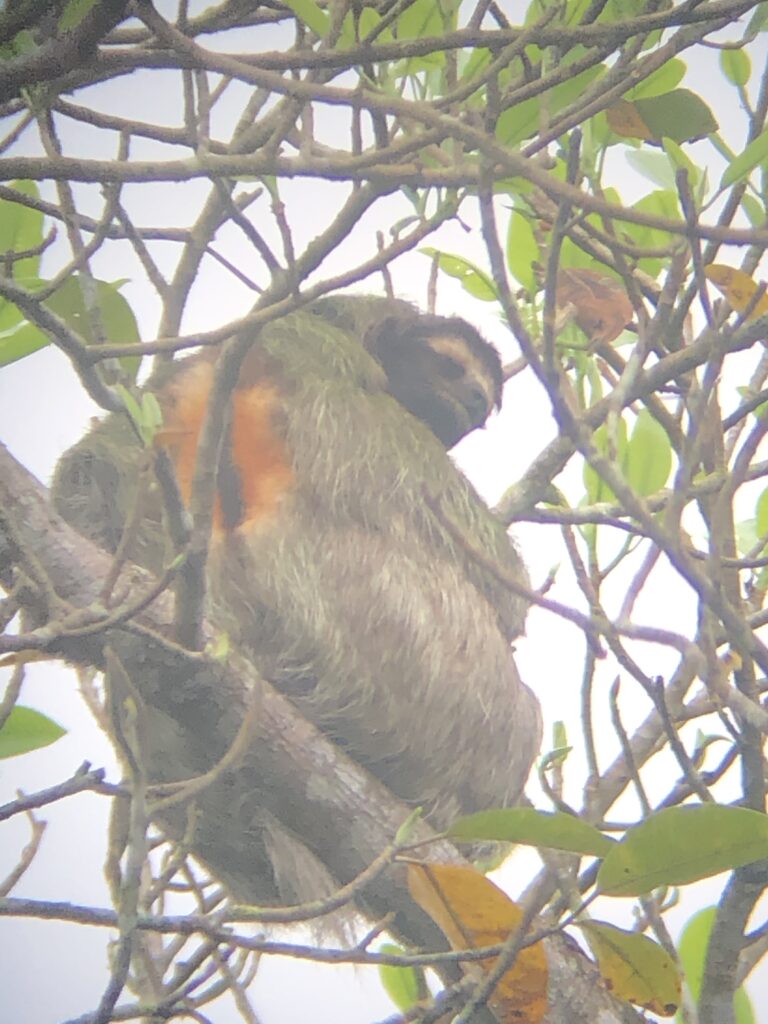
Sloth in the scope 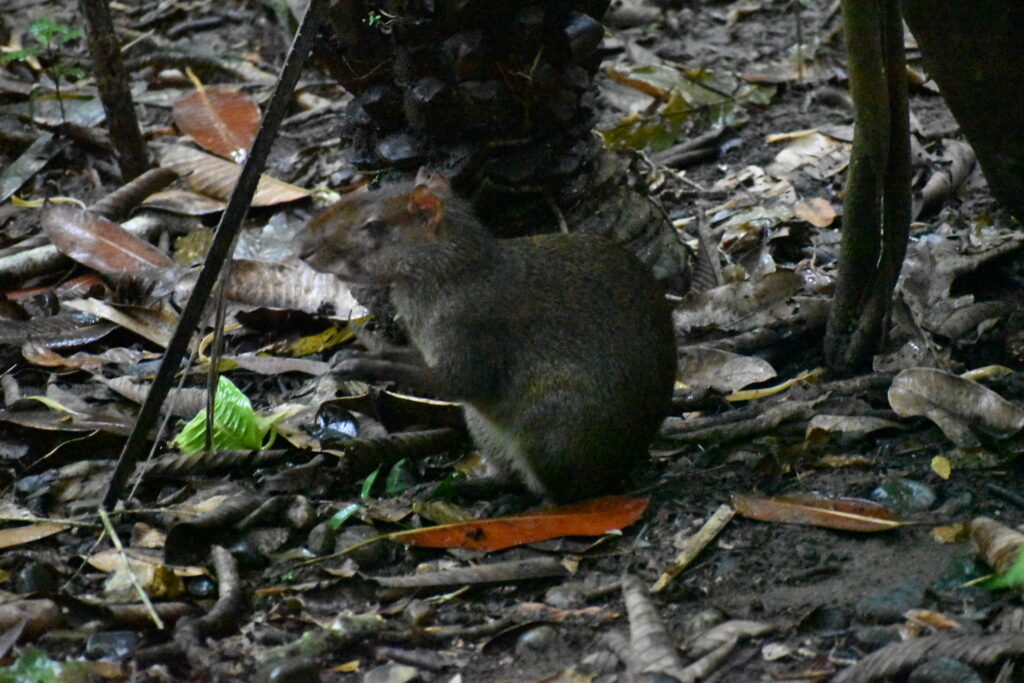
Agouti 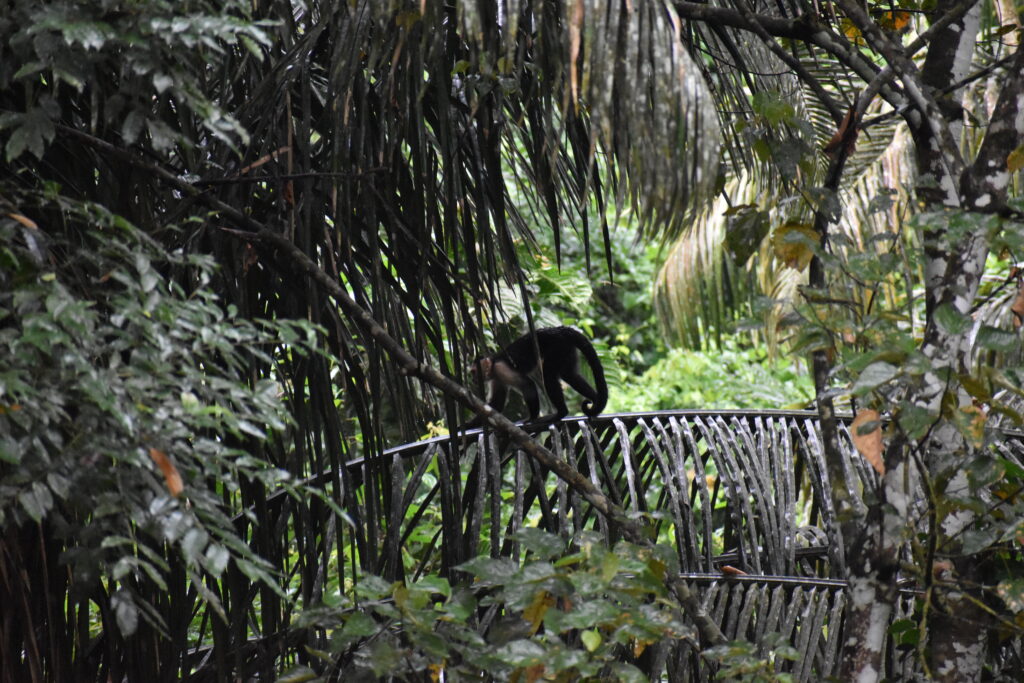
White-faced capuchin 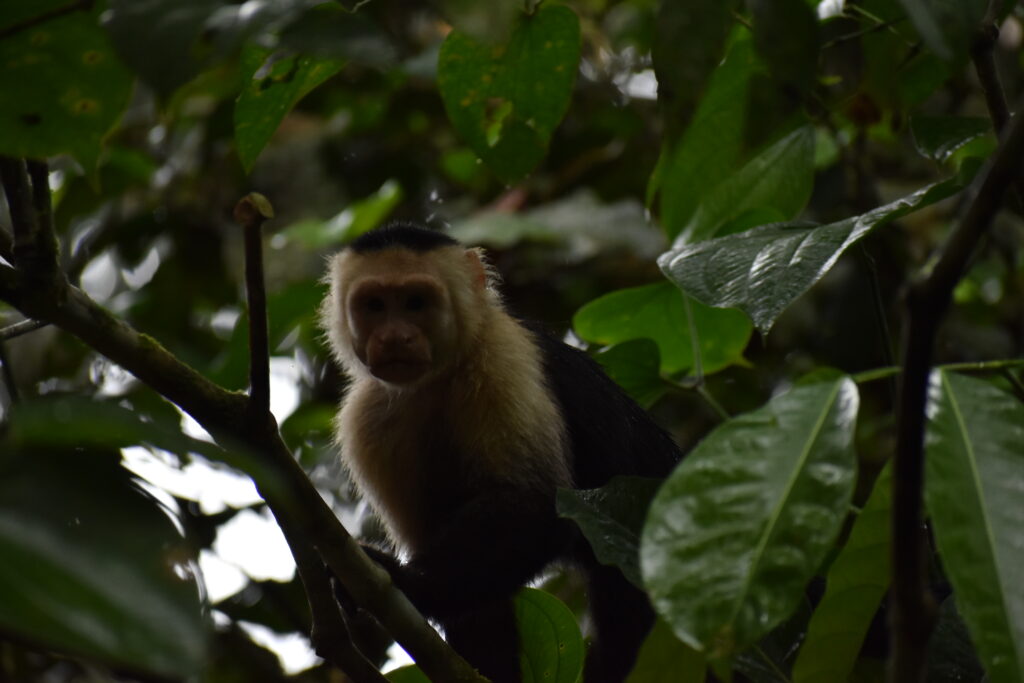
White-faced capuchin 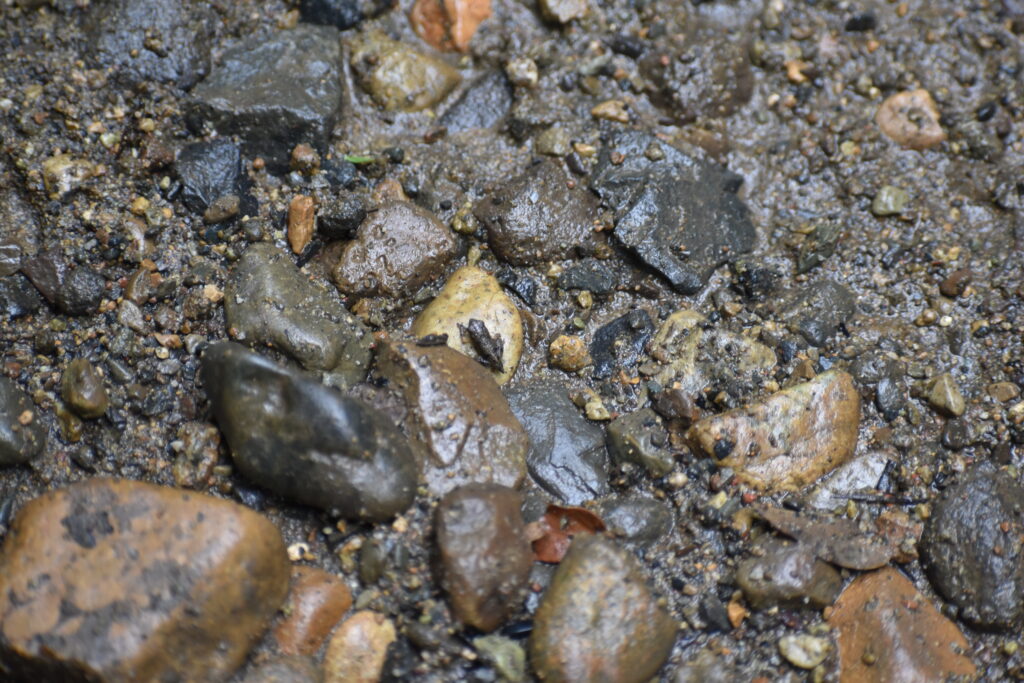
Tiny frog 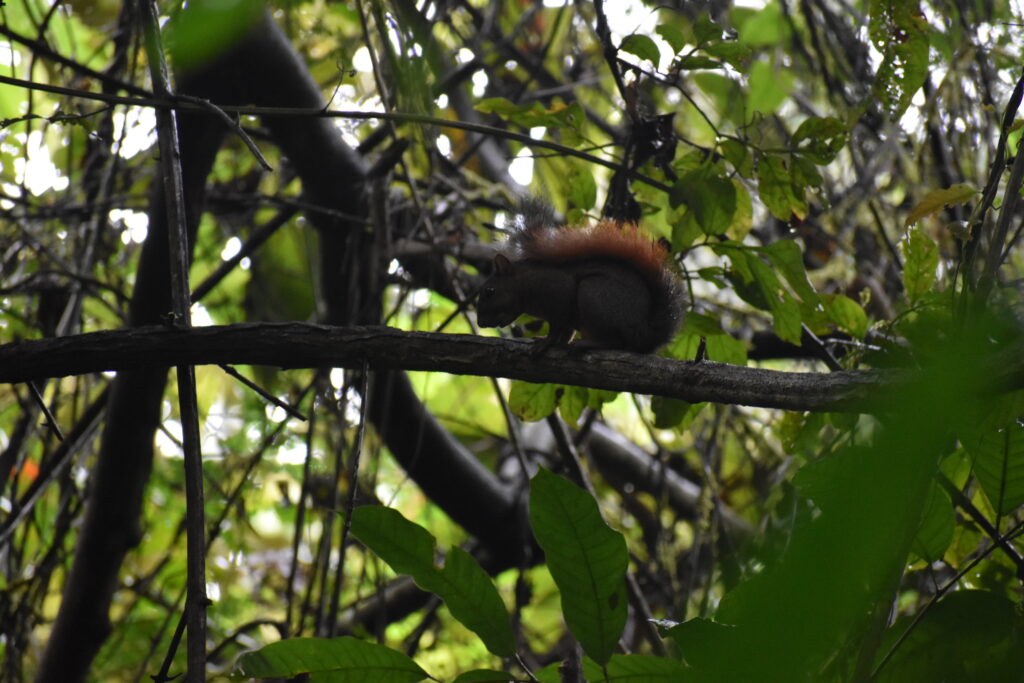
Red-tailed squirrel 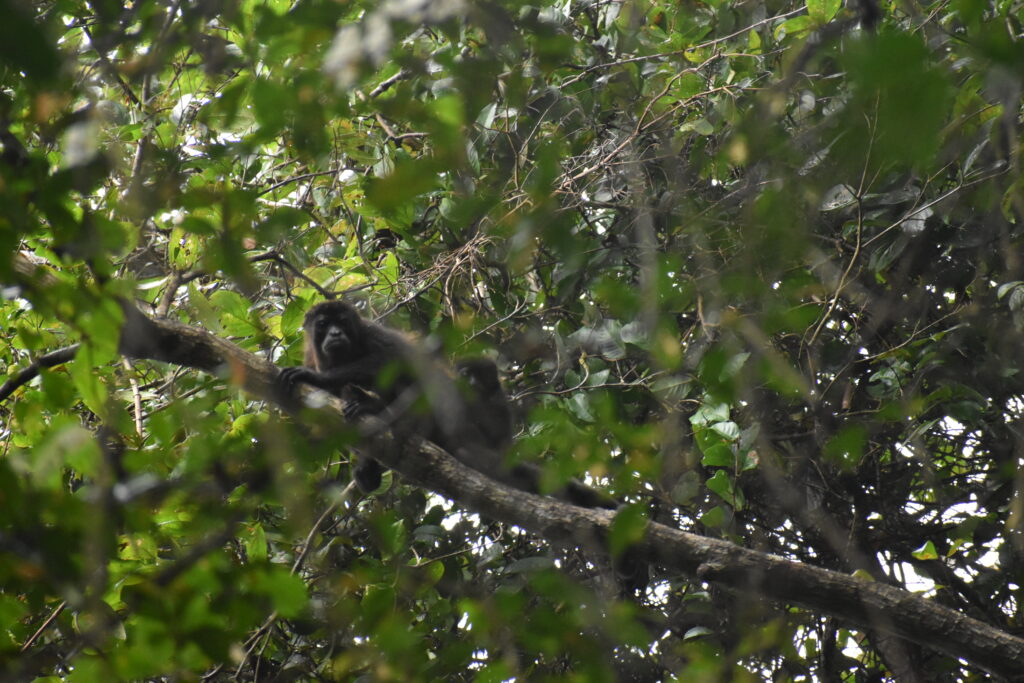
Howler monkey 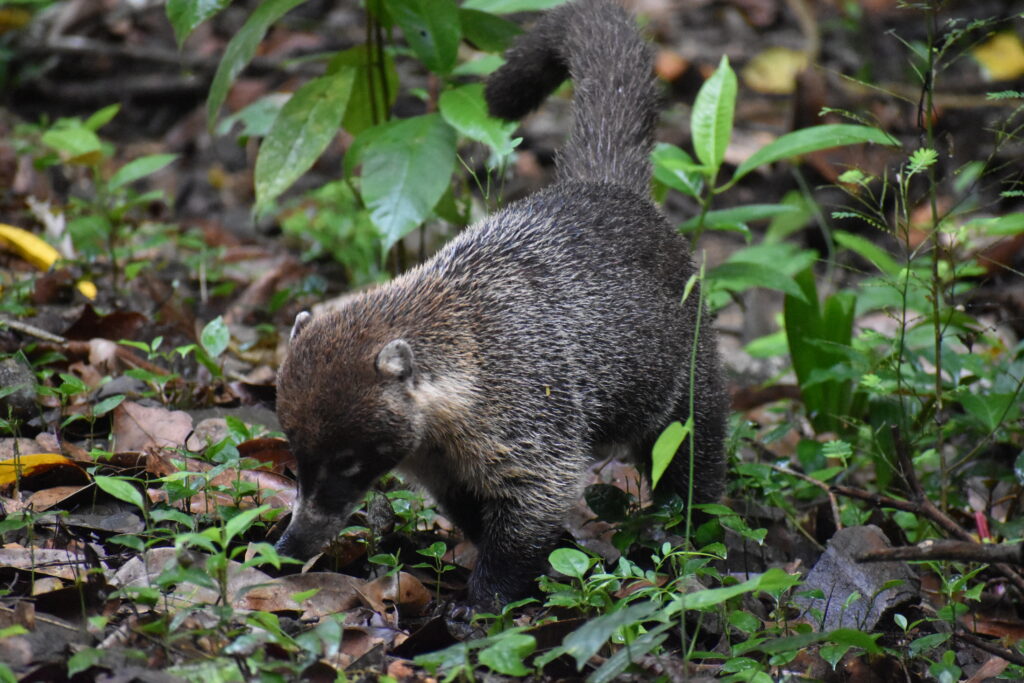
Sologato
One bird that Miguel was particularly excited for us to see was the red capped manakin, not just another pretty bird, but a bird that can moonwalk! You can see a video of it from National Geographic at this Youtube link: https://www.youtube.com/watch?v=o42C6ajjqWg

While we had seen many toucans the previous day on Cerro Ancon (http://heathers6wadventures.com/nature-and-history-in-the-city-cerro-ancon-y-mi-pueblito/) they had all been the colorful keel-billed toucans. With his great “bird hearing ears,” Miguel stopped at a big tree in the little village of Gamboa and showed us the large yellow-throated toucan, who happened to be sharing a tree with a keel-billed!
And did you know woodpeckers peck palms? That was a new thing, too!
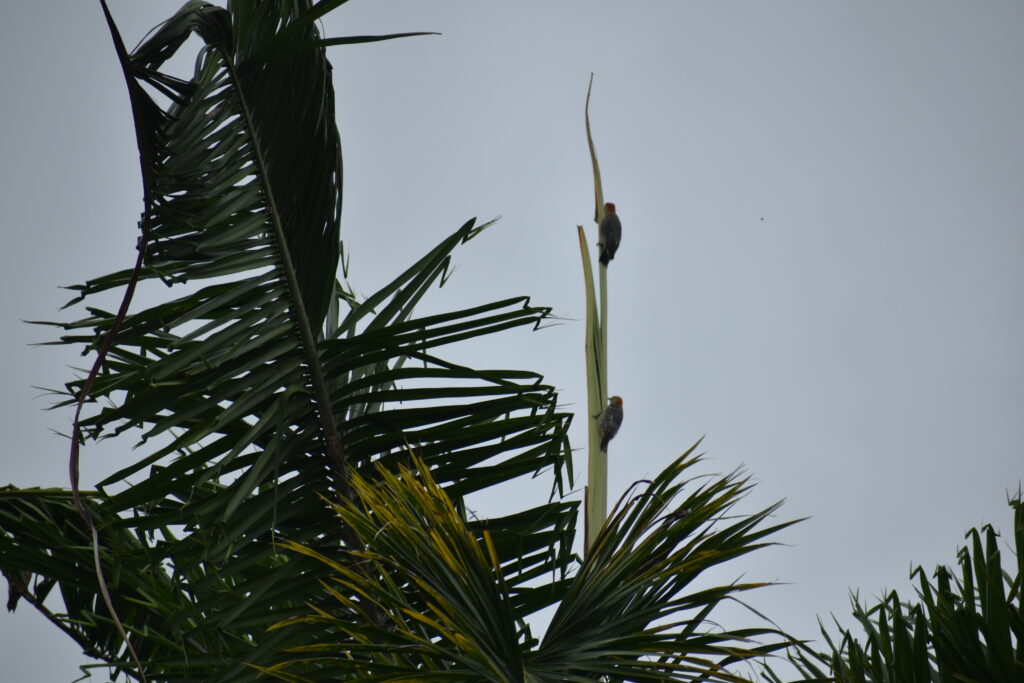
A final stop on the way back to town brought us to a tree with some sort of berry that attracts the beautiful crimson-collared tanager and blue dacnis. Kim was even able to get a photo of them together (and deserves full credit for the photo on the left below), their exquisite reds and blues contrasting so wonderfully.
In spite of the rain, we had a beautiful hike and a colorful, fun-filled day.
Once again, we have met a warm, generous Panamanian who is proud to share his country with us. Miguel has invited us along on his next non-work-related bird watching excursion, and I can’t wait to go!

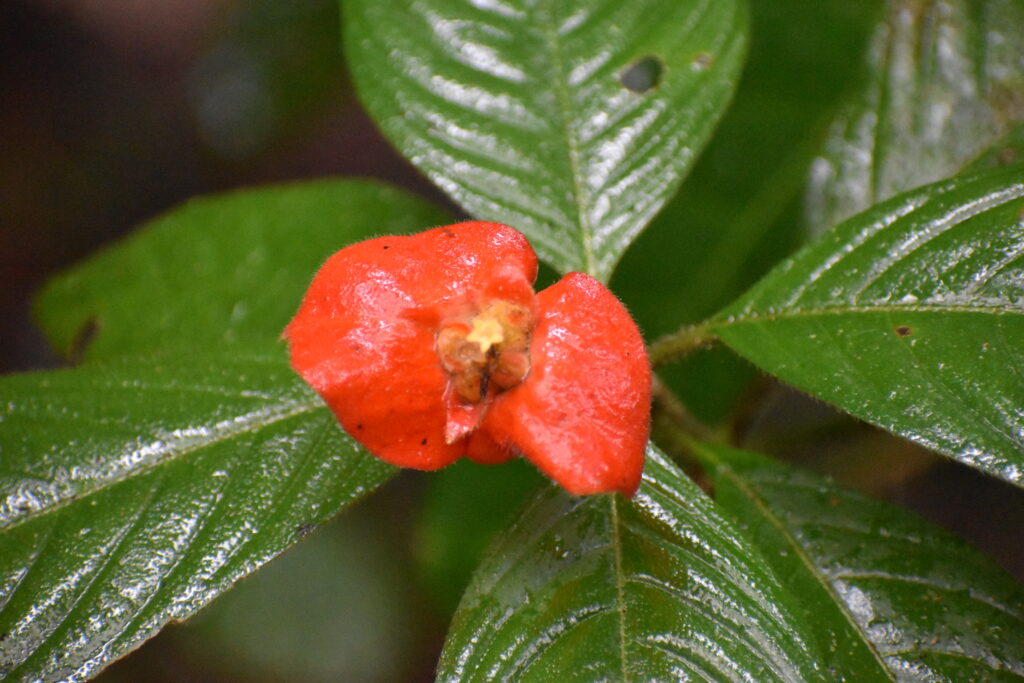
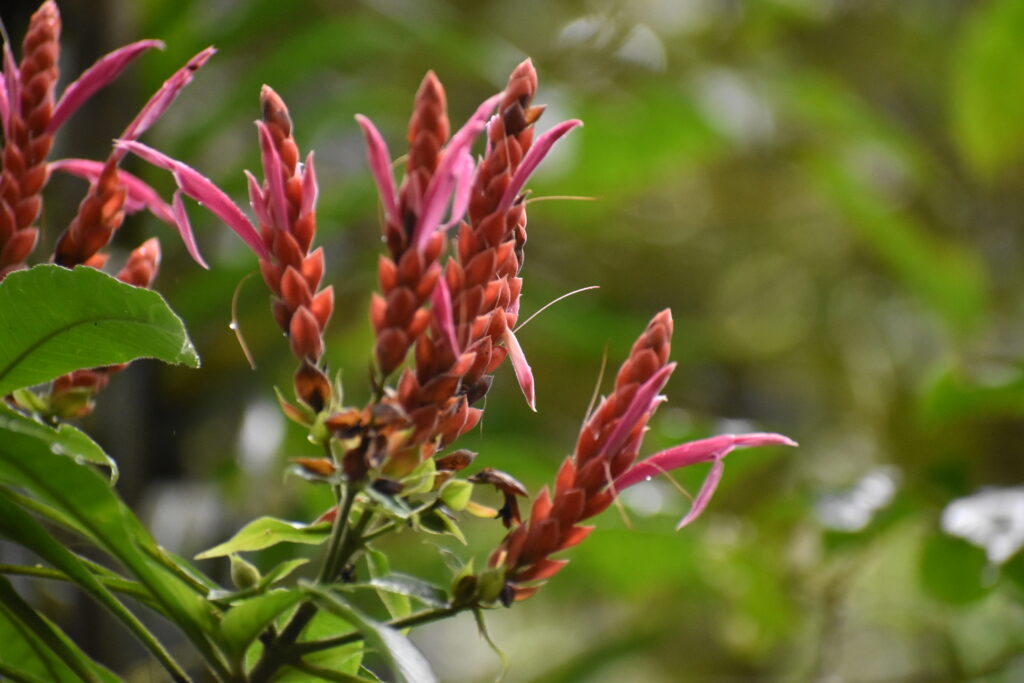
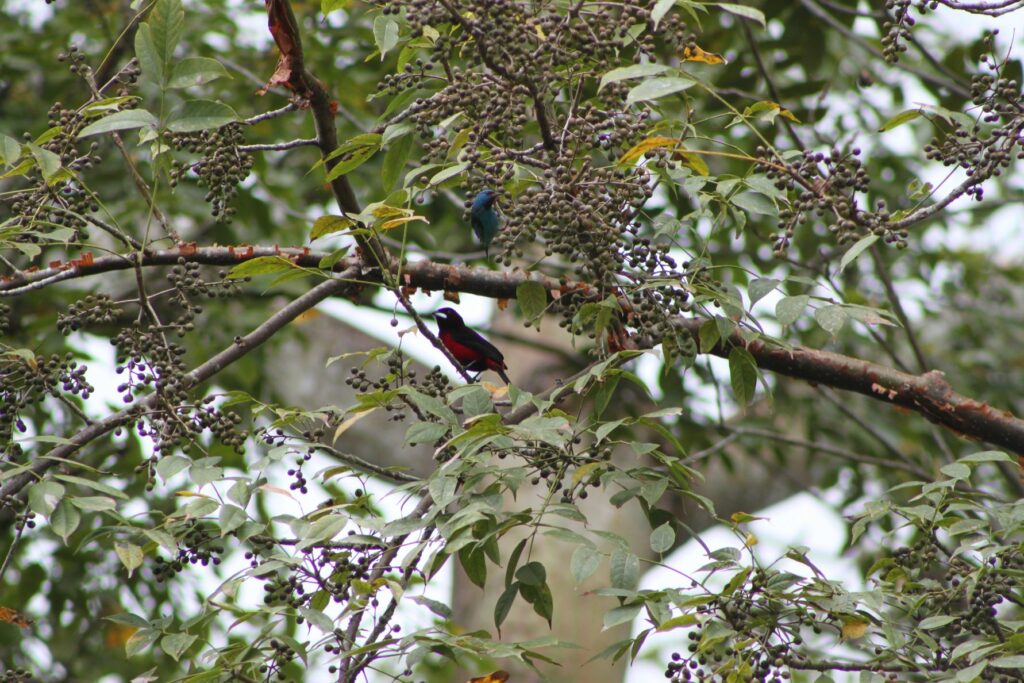
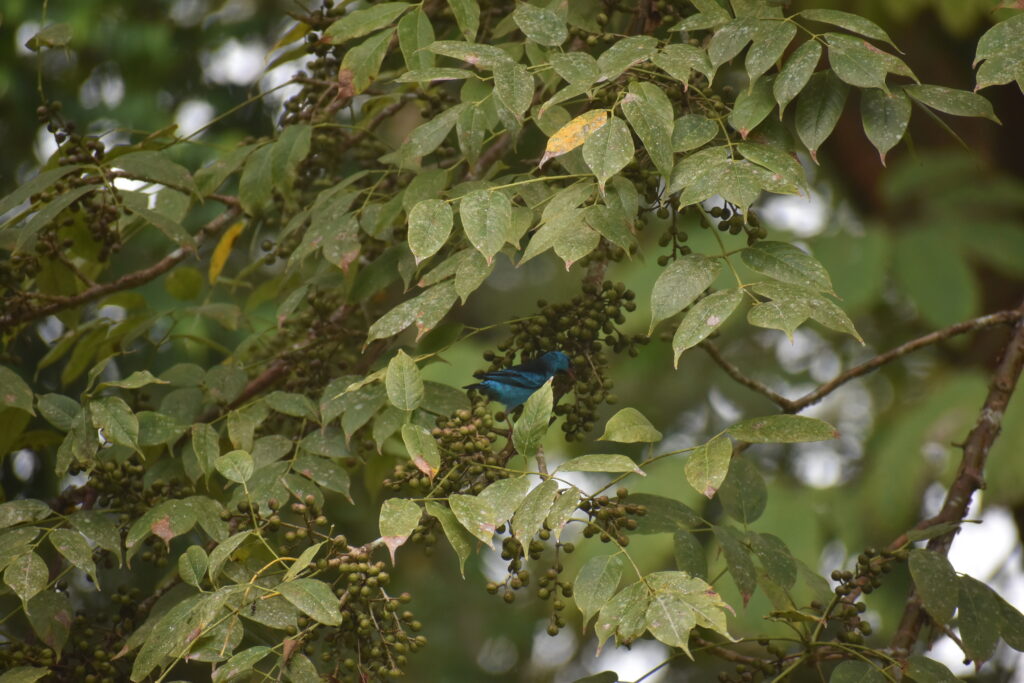
1 thought on “It’s All About the Birds”
Comments are closed.